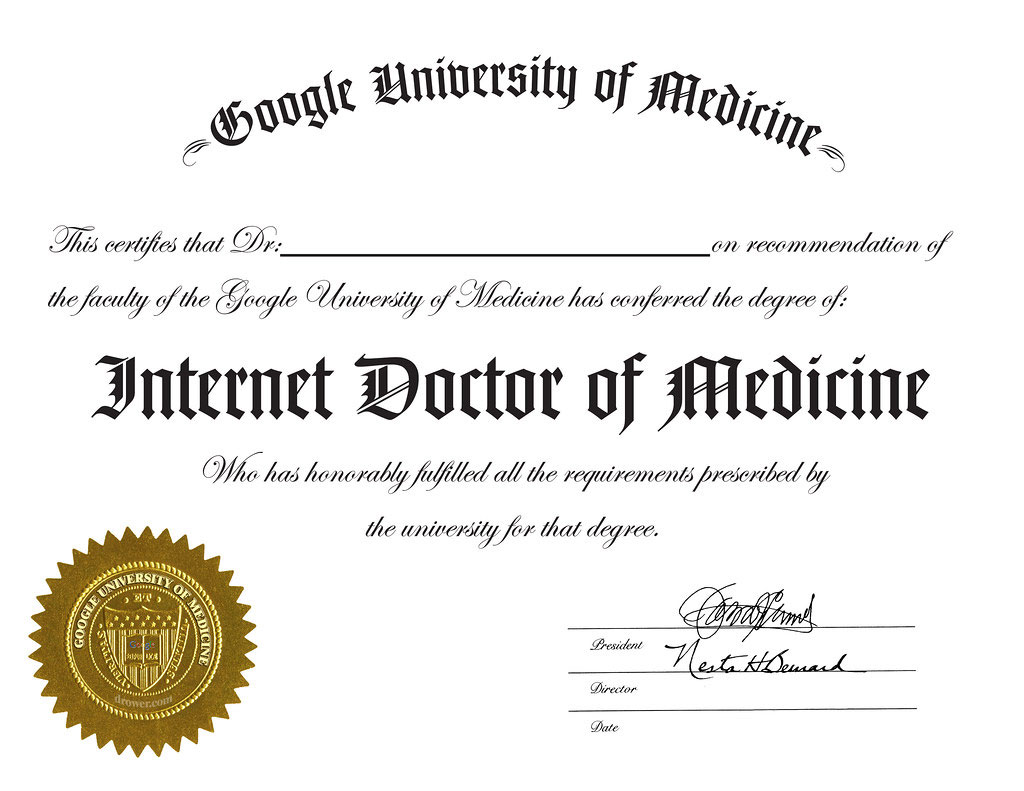Posts Tagged ‘Expectation’
Diagnostic imaging pros & cons – be careful what you ask for
There are many reasons to request a diagnostic image such as a radiograph (X-ray), MRI, sonogram (ultrasound), and CT scan. They are to diagnosis a pathology/trauma; determine treatment options; screen for contraindications; biomechanical analysis; provide reassurance; medical legal reasons; and financial gain for the healthcare provider. Requests for diagnostic imaging must come from a licensed…
Read MoreNew developments in joint replacement surgery & rehabilitation
The use of joint replacement surgery for hip and knee pain has evolved greatly since I started my Physical Therapy career many years ago. Joint replacement is occurring in younger individuals Younger individuals are having joint replacement surgery. Data from 2000 to 2009 for individuals from 45 to 64 years old there was a 188%…
Read MoreWhat do you do when Dr. Google isn’t cutting it?
Searching for information online for personal health and medical issues has become commonplace. Estimates are more than 1/3 of persons in the U.S. use the internet for information on their symptoms. More than 60% of US adults have searched online for information during the past year according to the Pew Research Center. There is a…
Read MoreAs a patient, how do I get my healthcare provider more engaged in my care plan?
The goal of any relationship between a healthcare provider and patient is that both parties feel they are invested in favorable health outcomes. How they get there is the question. The underlying assumption is that a high degree of engagement from the provider and the patient will result in better outcomes, costs less, and may…
Read MoreOrthopedic post-surgical protocols & Physical Therapy
If you have the misfortune of needing to have an elective orthopedic surgery, you will likely be referred to Physical Therapy following the surgery. You will likely follow a post –surgical rehabilitation protocol. Orthopedic surgeons and Physical Therapist have developed standard protocols for each surgical diagnosis or surgical procedure. The protocol will outline the step…
Read MoreOsteoarthritis – Cartilage and Exercise
Osteoarthritis is primarily a degeneration, or wear and tear, of the hyaline cartilage that covers the end of the joint surfaces. Osteoarthritis occurs as a result of “the parents you choose” (genetic influence) or as a sequel to a prior joint trauma or injury. There is a great deal of information dealing with the…
Read MoreWithstanding the Test of Time
Hearing a song on the radio that was released when I was a teenager often reminds me of a specific bygone year. For instance, … For some popular songs it is more difficult to recognize when the song was released because the song has played throughout the decades. Marvin Gaye’s “Let’s Get it On” is…
Read MoreSecond Opinion Physical Therapist
Getting and providing second opinions regarding medical care is a common practice. Getting and providing second opinions from a physical therapist is a less common practice, but why? Decisions regarding healthcare can by very important. There are times and situations when getting a second opinion regarding healthcare advice are a prudent action. Studies have shown…
Read MoreActive Therapies – Passive Therapies – Responsibility
Passive therapy is when something is done to you. Passive treatment implies lack of participation from the individual receiving the therapy intervention Examples of passive physical therapies include massage, manipulation, acupuncture, dry needling, traction, ultrasound, electrical nerve stimulation, laser, ice packs, and hot packs. Passive therapy always requires another person to apply the treatment. Passive…
Read MoreAttributes/Values When Dealing with Chronic Medical Conditions
If, I have seen farther than others, it is by standing upon the shoulders of giants Isaac Newton, 1676. I believe I have seen more, understood more, because I have figuratively been lifted on or climbed on the shoulders of mentors and role models. I have had opportunity to be exposed some remarkable Giants, role…
Read More









